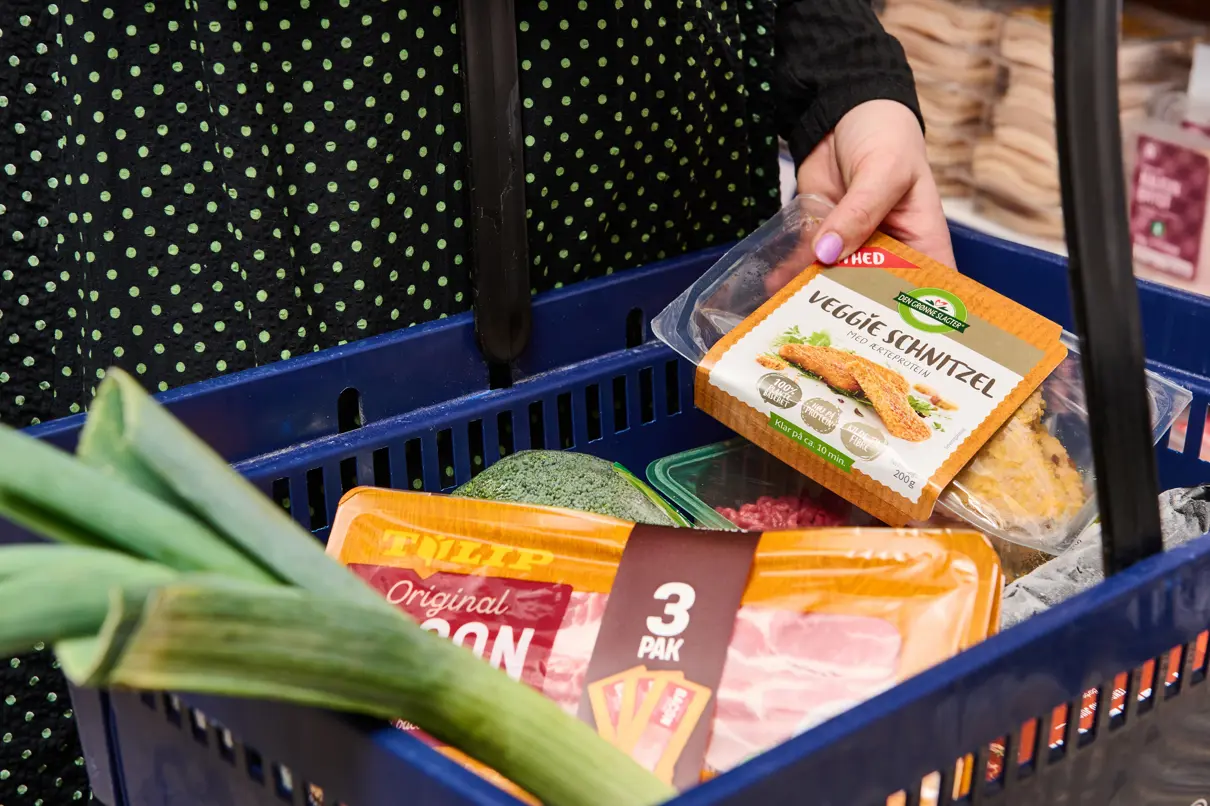During the past 18 months, the high rate of inflation has increased Danish Crown’s costs of, especially, energy, transport, packaging, and salaries by approximately DKK 2.5 billion. At the same time, demand for Danish pork from the usually attractive markets in Asia has been subdued, and that combination has dented Danish Crown’s competitive strength when we compare the settlement prices for our cooperative owners’ pigs with settlement prices in the rest of Europe.
“This has been a very challenging six-month period. In an exceptionally difficult market, our earnings and financial performance are at an acceptable level taken separately, but in a European perspective we have not had sufficient competitive strength to maintain the level of supplies of slaughter pigs from our cooperative owners in Denmark. Consequently, our result for the first half-year fell short of our expectations,” says Jais Valeur, Group CEO of Danish Crown.
Even though settlement prices for our cooperative owners’ pigs rose by more than 40% during the first half of the 2022/23 financial year, we recorded a 13% decrease in the supply of pigs to Danish Crown’s abattoirs in Denmark during the same period.
Nevertheless, we managed to lift consolidated revenue by 15% from DKK 30.0 billion to DKK 34.5 billion. The general increase in costs and lower exports of Danish pork to the high-price markets outside Europe weigh on our operating profit, which fell from DKK 1,396 million to DKK 1,208 million. The half-year profit of DKK 902 million is 18% lower than in the year-earlier period but adjusted for the decline in the supply of slaughter animals from our cooperative owners, the profit equals a drop in earnings of 5% per kilo.
“Due to the toughened market conditions, we need to take action to safeguard our competitiveness going forward. In the first half-year, we have therefore adjusted our factory structure in Germany by closing our facility in Boizenburg and gathering the activities at our abattoir in Essen. We have made our organisation less complex by laying off 150 salaried employees. Lastly, we decided after the end of the half-year period to close our abattoir in Sæby, Denmark. These were necessary decisions that will give us a stronger position by the end of the financial year,” says Jais Valeur.
Danish Crown Beef is moving closer and closer to both consumers and customers. Settlement prices for our owners’ cattle remain at high levels, and we have also maintained stable earnings at the two Germany cattle abattoirs and the hides producer Scan-Hide, which continues to develop the Nordic SPOOR brand, selling top-quality leather mainly to the furniture and fashion industries.
The Group’s portfolio companies are reporting satisfactory earnings overall. For DAT-Schaub, slightly weaker demand caused recent years’ earnings growth to slow somewhat. The same applies to Sweden-based KLS, although both companies continue to perform well. Despite global instability, ESS-FOOD lifted its earnings, whereas earnings at Sokolów were squeezed by the high level of inflation in Poland and fell short of expectations, although earnings were on a level with last year.
“Earnings from our processing activities are under pressure due to inflation, but overall, we have retained our market share. The higher prices we need to charge to ensure a profitable value chain make consumers reconsider their supermarket purchases, affecting mainly our processed products. However, that does not change our goal of increasing the level of processing as we are confident that consumer behaviours will normalise as inflation moves lower and strengthens consumers’ purchasing power,” says Jais Valeur.
A key tool to safeguarding future earnings is a consistent focus on sustainability. At the beginning of the half-year period, the Group’s 2030 greenhouse gas reduction targets were approved by the Science Based Targets initiative (SBTi).
“Having our climate targets validated and approved by the SBTi is an incredibly important step forward. This will help ensure that our climate initiatives will produce absolute greenhouse gas reductions, and it is also a key factor because many of our large customers are currently working to define their climate targets. In fact, several of our customers are currently approaching us for help because we are able to report and document our climate efforts very accurately,” says Jais Valeur.
